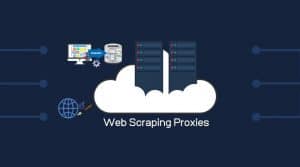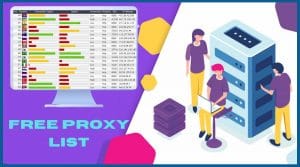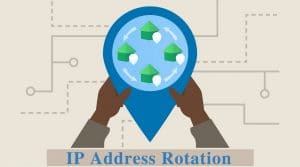As an ad marketer or publisher, you need to be wary of ad bots as they can drain your ad revenue and get you into legal trouble. The article below provides you a guide on ad bots and how to prevent them.

Bots have come a long way since the arrival of the computer. They have also evolved, just as the computer has. The internet, however, has also not been left out. It has had its own share of bot activities in recent times.
Furthermore, this piece of software has proven to have a wide range of applications and even plays critical roles in automating routine human tasks. One of the tasks is digital ad campaigns, but interestingly, not all ad bots out there are executing legitimate tasks.
While tech giants like Google engage bots to crawl and index websites in order to increase their visibility on the Google search engine, fraudsters and bot masters use these tools to perpetrate cybercrimes. Some even use ad bots to create false traffic and clicks.
The Wall Street Journal reported in 2018 that Adobe discovered that around 28% of its website traffic was generated by click farms or bots. Even Cloudflare acknowledged that one in three of the internet traffic for the year came from bots in its 2022 year-in-review report. That represents around 28.2% of all internet traffic. This implies that even if you invest in digital advertising campaigns, you are unsure of whether they will ever reach real people.
As such, in this article, we will examine the concept of ad bots, how malicious individuals have decided to use them to either exploit people or commit fraudulent activities on the internet, and most importantly, how to prevent them. However, before we go into all that, let's get to know what ad bots are.
What is an Ad Bot?
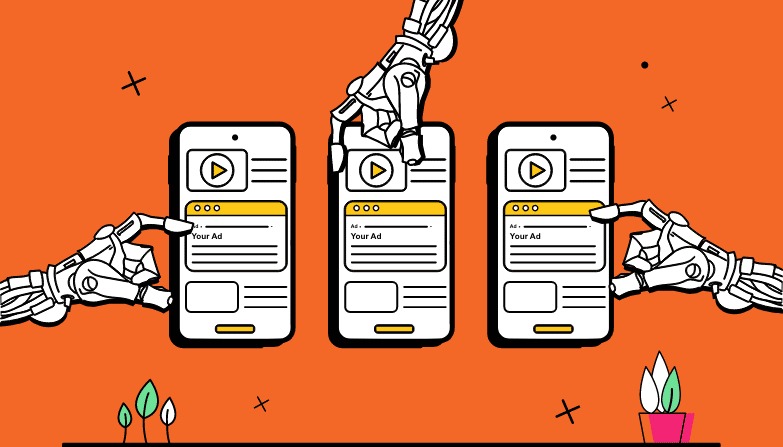
An ad bot is basically automated software developed to visit specific web pages in other to generate ad impressions and even clicks. for the most part, ad bots are never up to no good as they are tools used by fraudsters to claim revenue.
A lot of businesses and digital marketers leverage digital ads to get customers' attention and drive engagement. The potential is so great that forecasters predict that advertisers will spend slightly more than $500 billion on digital ads in 2022.
However, these bots can be used by individuals with bad motives for fraudulent ad activities like click fraud, click spamming, click injections, etc. A common type of these ad bots is the traffic bots that are used to simulate real human traffic. The aim of this is to trick businesses into thinking that their ad campaigns are getting genuine impressions.
It is no surprise to see that with such an amount of digital advertising potential at stake, fraudsters are looking for a way to jump on the opportunity to defraud companies. They spoof high-value websites and use bad ad bots to imitate visitor clicks, ultimately siphoning money from ad budgets.
How Do Ad Bots Work?
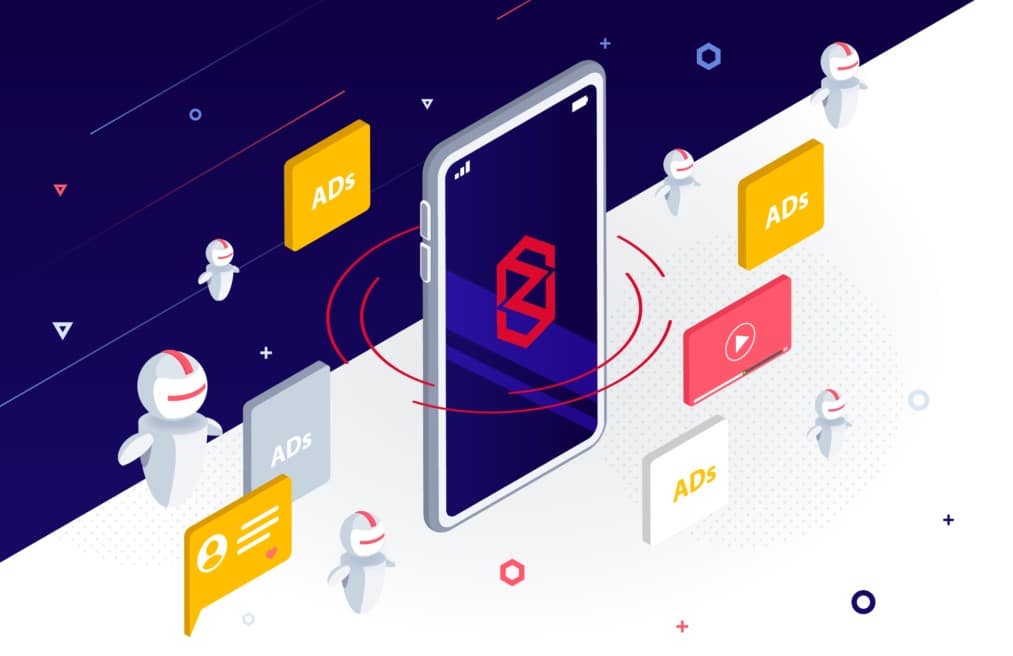
Ad bots have a simple working model. they are designed to access a page, look for a specific ad, and click. they tend to mimic real users in a bid to avoid getting detected. but not all ad bots are a single bot or script on one computer. The most sophisticated ones are in the form of a botnet. For botnets, maliciously motivated ad bots are made using “zombie bot” software. Devices owned by unwary internet users are infected with this program.
Eventually, they convert those compromised devices into drones that are commanded by the person who created the zombie bot program (the “bot master”). The bots are part of a bigger botnet, a group of hacked devices run by the same bot master, which consists of more bots. Because each bot is coming from a separate device, it will have a unique IP address, giving them a more trustworthy impression.
They can be used to perform whatever task the bot master has designed them to perform—in this case, fake ad clicks and impressions. They are programmed to imitate real users. Scammers, however, use these bots to produce fake clicks on digital ads, ultimately generating revenue for themselves.
The Negative Impact of Ad Bots
Bad ad bots can have a devastating impact on your online advertising efforts if you don’t pay strict attention to them. Below are some of these negative impacts:
-
Misleading or Fake Lead Generation

More sophisticated ad bots can spam leads and fill out forms on your site with false information. These bots can flood your database with counterfeit customer information or sometimes even real people's contact information. The resultant effect of this is that it can alter your conversion statistics, thereby falsifying your leads.
-
Inaccurate Marketing Data
Bad ad bots can interfere with your digital ad campaigns by generating fake clicks, false impressions, and misleading leads, as we mentioned earlier. The thing about the distortion caused by these bots is that they can skew your marketing data such that it leads to bad decision-making in your future marketing campaigns.
This can have a long-lasting negative impact on your online marketing efforts. This means that when you place ads, you’ll end up paying more for low-quality traffic. Interestingly, this can even incentivize teams to stick with unsuccessful campaigns.
-
Damage Your SEO Ranking
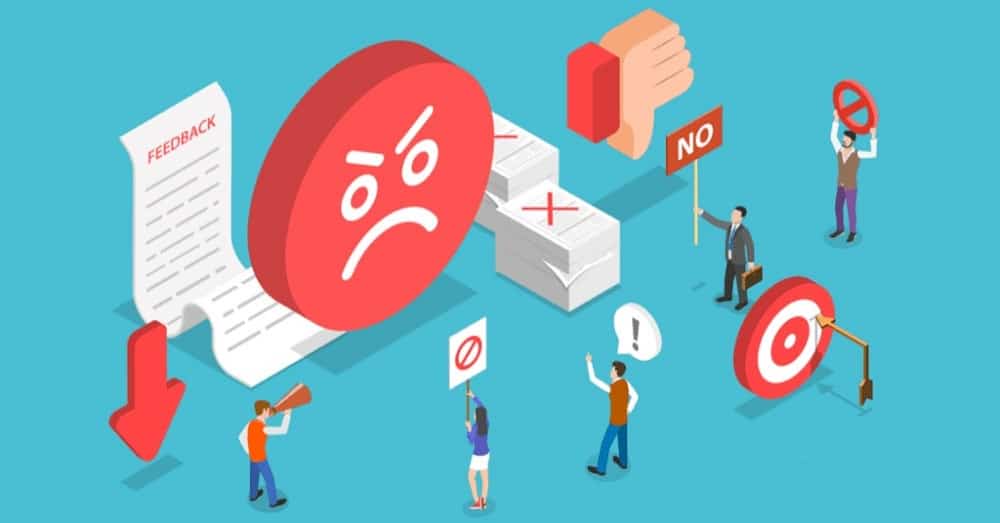
Average load time, backlinks, and the quality of your content are some of the factors that ensure your site's ranking on a search engine results page (SERP). However, these malicious ad bots can mess all that up, causing your SEO ranking efforts to go to waste. The excessive clicks generated by these bots tend to disrupt trigger-based activations and throw off A/B test results.
-
Slow your Site Speed or Crash It

Ad bots typically cause the servers to crash when they engage in multiple click actions on a website, such as click fraud or click traffic. Additionally, even if they aren't directly a part of a DDoS attack, ad bots that attack your website may result in a huge increase in the demand for data resources on it. This overabundance of data load could make your website unstable or add a lot of input lag. Since they introduce new interactions and prevent website visitors from using your site's navigational features, ad bots can be particularly problematic in this regard.
-
Negative Impact on your Revenue
Generally, cyberattacks on a website ultimately result in revenue loss, but with ad bots, it's on a whole new level. Because of the speed and multitasking capability of bots, they have the potential to harm you financially in more ways than you can imagine. You can end up spending ad budgets on ads that are fake or produce over 30% irrelevant results, thereby losing a lot of your ad spend.
Another ad bot with this effect is a data aggregator. These are a type of bot that is capable of stealing any research you’ve done or data you’ve spent money gathering so as to release it for free. Eventually, the value of your now-public data will be gone, so you’ll no longer be able to profit from it.
How to Detect an Ad Bot

Having seen the negative influence ad bots can have on your website, it is important to know when one is in action. As such, a combination of both client-side and server-side techniques for bot detection are common techniques used to identify ad bot activities on a site. This is because the client-side techniques gather and analyze behavioral signals while the server-side modules gather HTTP requests.
As such, we would examine ad bot detection through the lens of a few mechanisms.
1. Behavioral Analysis
This is a technique that suggests that you focus on analyzing the human-like behavior on your website. This would help predict whether the traffic source is genuine or an ad bot. Some of the common activities you should pay attention to while using this technique are scrolling behavior, mouse clicks and movements, the number of requests during a session, and keystrokes.
2. Volume of Traffic
When you see large spikes in traffic from users in one specific geographical region that is unlikely to have large numbers of users or is not your target audience, it could be a sign of ad bot activities on your website. Instead of rapid traffic growth, website traffic usually grows gradually in line with organic improvements like healthier SERP rankings and better backlinks on high-ranking websites.
This could be a sign of ad bot activity on your website. Instead of rapid traffic growth, website traffic usually grows gradually in line with organic improvements like healthier SERP rankings and better backlinks on high-ranking websites. Also, if you haven’t done anything different to warrant a large spike in traffic like that, ad bots are likely to be blamed.
3. Using Fingerprinting Technology

This detection technique demands that you obtain identifiable information from user browsers and devices in other ot generate a unique hash for their browser. with this, even a change of IP and clearing of cookies won’t help them. for this to be effective, you will need to use a browser fingerprinting technology from an anti-fraud software provider.
4. High Bounce Rates
Bounces occur when users visit a web page and immediately click out. When you observe unusual bounce rates on your website, you need to check it because ad bots may be responsible. Ad bots are also capable of not just hitting a page and leaving immediately; they can crawl the entire website, which results in a high number of pages per session. The earlier you notice and address these, the safer you are from experiencing a DDoS attack.
5. Page Loading Time and Your Server Performance
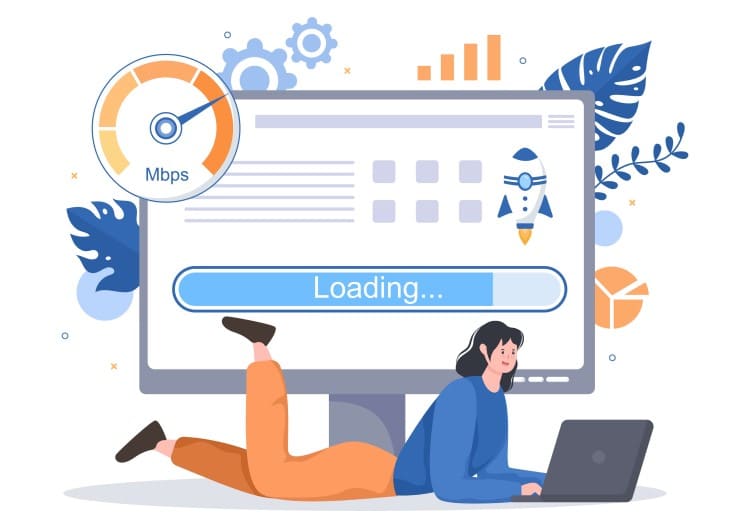
Another signal that may also show that ad bots are at work is the abnormally low page loading speed. This may be due to an overload generated by a high amount of bot traffic on your server. It in turn affects the performance of your website. The worst of all is a large number of Layer 7 DDoS attacks that are capable of taking down your entire website due to a server breakdown.
How to Block or Prevent Ad Bots
This article would not be complete if we didn’t talk about what it takes to avoid the negative effects of ad bots on our websites. Having detected that ad bots are at work to disrupt your digital campaign efforts; the following techniques should give you an edge over them.
-
Make use of Ad fraud Solutions

As ad bots become more sophisticated, so should your approach to detecting and preventing them. As such, there are solutions such as ClickCease, Opticks, Cloudflare Bot Management, and Datadome that can help you detect these malicious programs and stop them so they don’t waste your marketing budget. They are capable of using machine learning and expert rules to judge user behaviour based on certain parameters and identify the “users” that are likely to actually be bots.
By outsourcing the fight against ad bots, you protect your advertising and allow your staff to focus on other vital tasks. Many of them are easy to use with friendly budgets. Besides, keeping your website and customer information safe and getting the most out of your digital ad is very important.
-
Monitor and Block Risky IP Addresses
If you notice an IP address you do not know or consider risky, please do well to block it from gaining access to your website in the future. This is not a foolproof method, but it can help prevent known ad bot IP addresses from returning to your website. Occasionally, competitors will try to steal your ads using static IP addresses. Make sure to locate, report, and ban them as soon as possible.
-
Monitor your Traffic

Monitoring and filtering your traffic helps you block ad bots before they interact with your website and cost you time and money. As such, it is important to have a baseline for what normal traffic looks like for your site. By doing this, you would be able to track and filter the traffic for sudden spikes and traffic generated from geographic locations that are not true to your target audience or location, so as to block them.
-
Use Targeted Advertisements
By using targeted ads, you can limit your target audience on different social media platforms. This in turn limits the possibilities of faking traffic or ad-bot interference. This is most popular on platforms like Facebook and Instagram.
-
Add a Stealth Link to your Form
Another great way to prevent these ad bots is by introducing a hidden field or stealth link to your form. This is more like a hidden registration field that only bots can see. By doing this, you would be able to easily identify which new entries entered the value for that form when you are reviewing your new email subscription report. Do well to identify them and remove them from your list.
-
Know your Target Audience

The more precisely you target your audience, the faster it is for you to detect abnormal activities. If you are sure of those you directed your digital ads campaigns, you should be able to detect when fraudsters are trying to use ad bots from a different geographic location or demography.
These and many other methods, such as using ads.txt files, monitoring abnormal conversion rates, and knowing your competitors, are some of the things to put into consideration if your ad campaigns must be free from the influence of ad bots.
FAQs About Ad Bots
Q. Are Ad Bots Good or Bad?
Determining whether an ad bot is good or bad largely depends on the use case. But an overwhelming majority of ad bots are bad because of the malicious intent of their developer to steal ad revenue or hurt competitors.
Fraudsters leverage these ad bots to defraud people and companies of their marketing budgets by programming the bots to perform fake ad clicks and fake lead generation, eventually giving the companies a false or skewed marketing perspective. There are instances where Ad Bots are good as in the case of automated ad verification.
Q. How Can I stop Ad Bots from Hijacking My Digital Ad Campaigns?
Stopping these bots can be tricky. With the sophisticated nature of some of these bots, there are a few techniques we can leverage to put an end to ad bot disturbances. One of these techniques is to make use of ad fraud solutions.
You can block IP addresses you perceive as threats, and you can also monitor your traffic. These and many other techniques are the ones we have discussed in our article. You would do well to go through the list of ad bot prevention strategies we have discussed.
Q. How Can Ad Bots Affect My Ad Campaigns?
Because of the high execution speed of ad bots, there are numerous ways these bots, particularly malicious ones, can affect your ad campaigns. They can cause you to make very poor business decisions because of how they must have altered your ad campaign results. As such, this indirectly means a part of your advertising budget is going to waste every time, which is obviously a loss.
Conclusion
Ad bots, as we have discussed in this article, can give one a tough time. No matter how you try to keep your website and digital ad campaigns safe from them, some will slip through your security net.
However, learning about ad bots and taking the necessary precautions to avoid a bot attack can be extremely beneficial. We believe that this article has given an insight into what they are capable of and how to keep them out for good.


